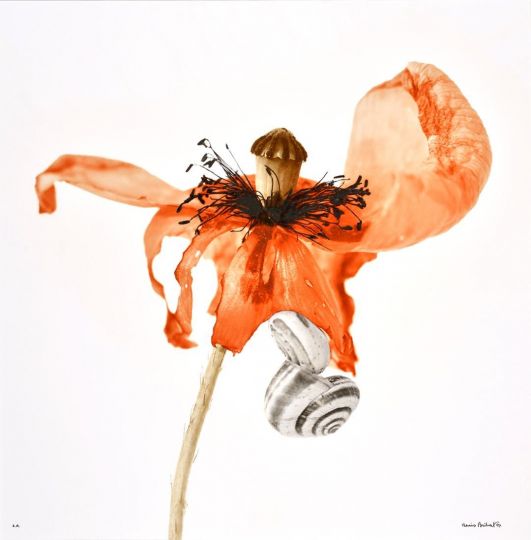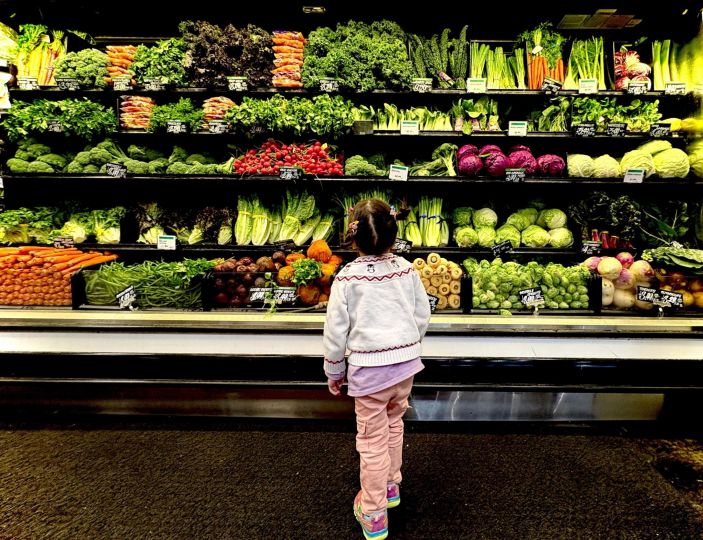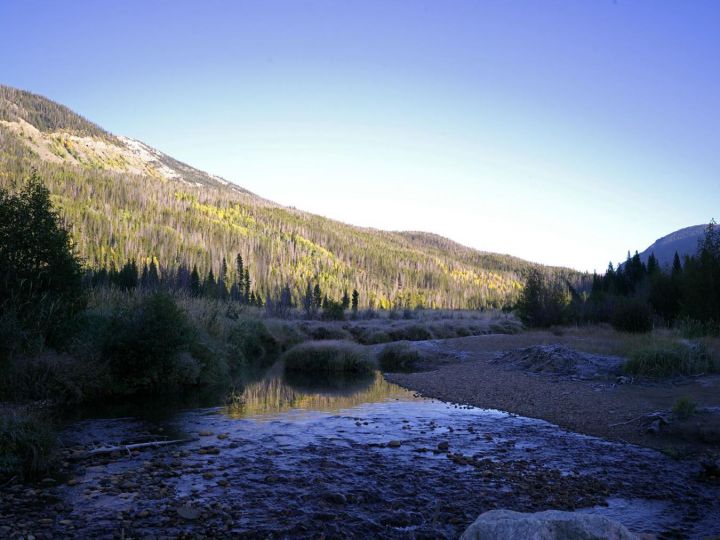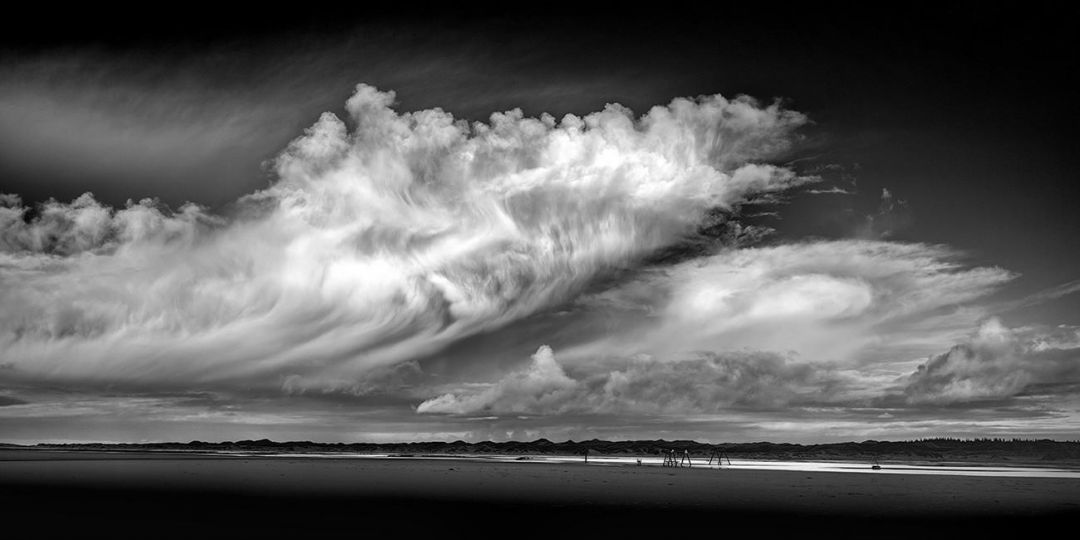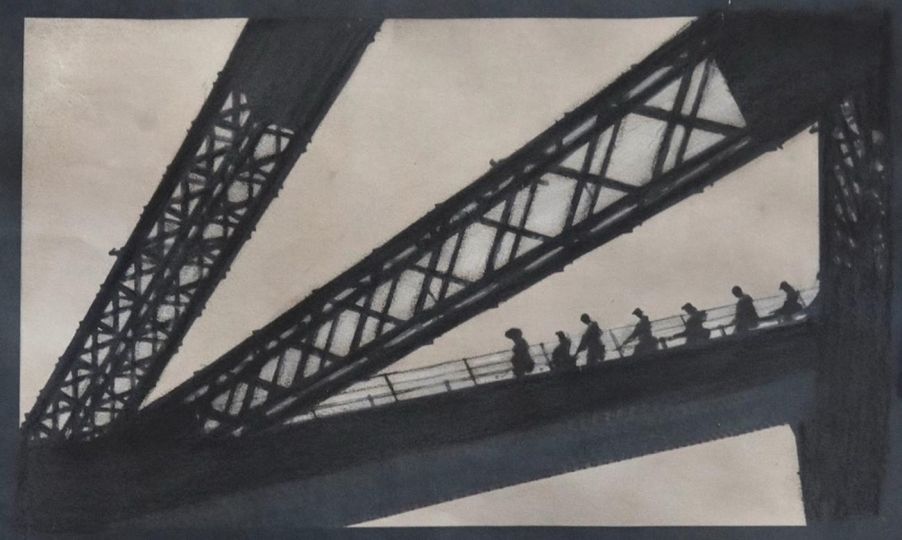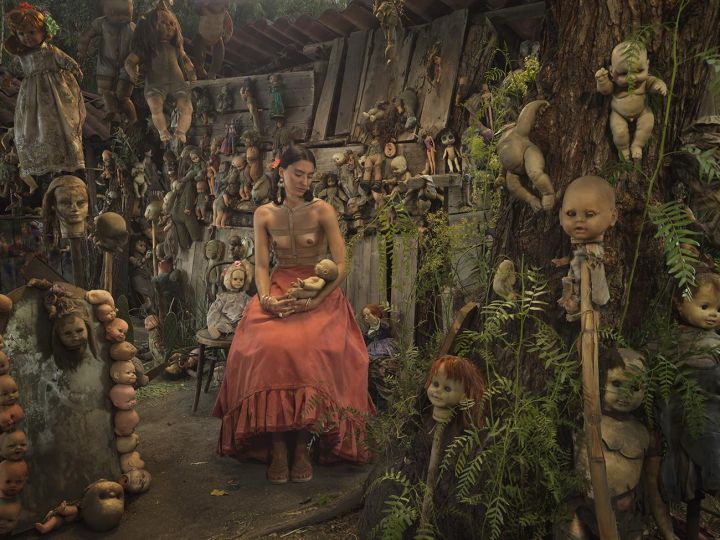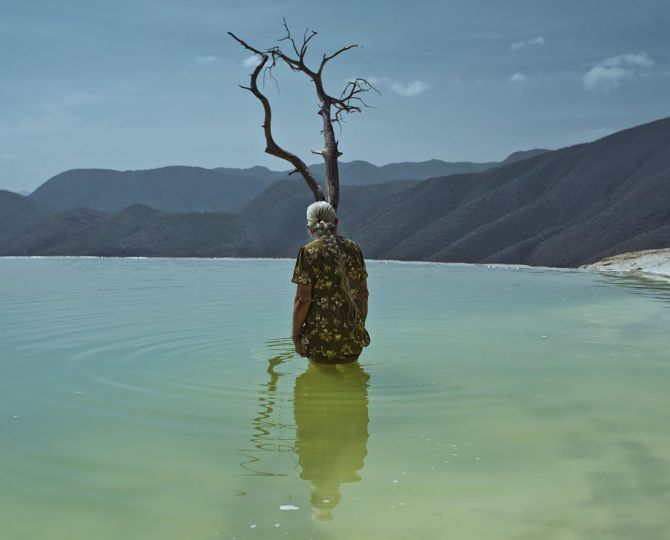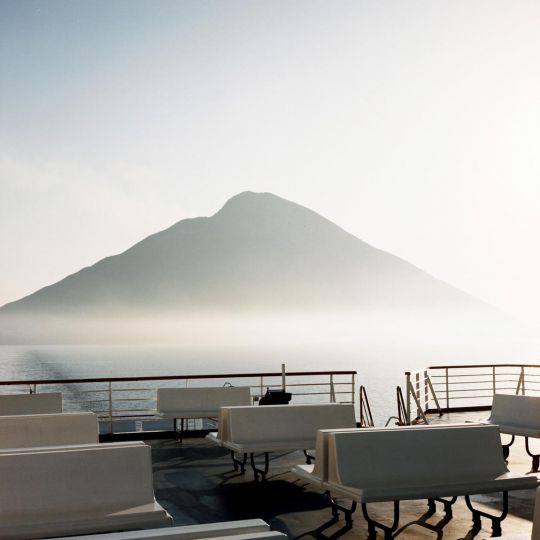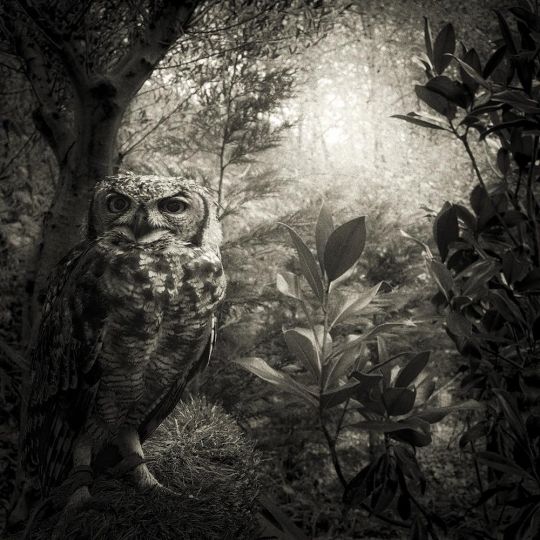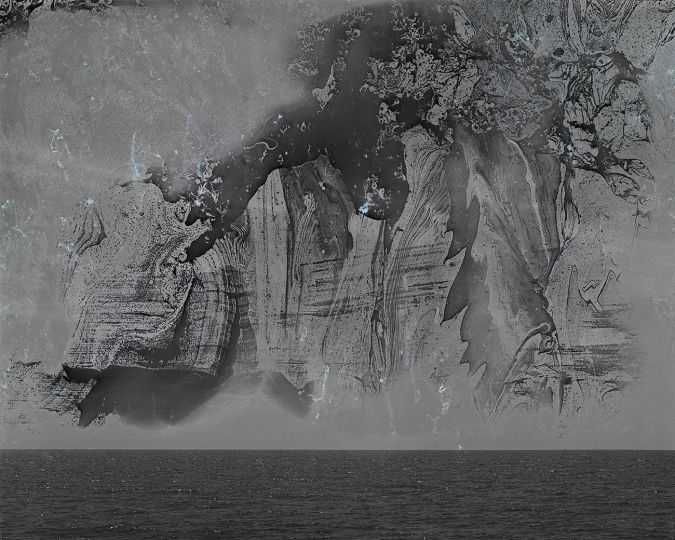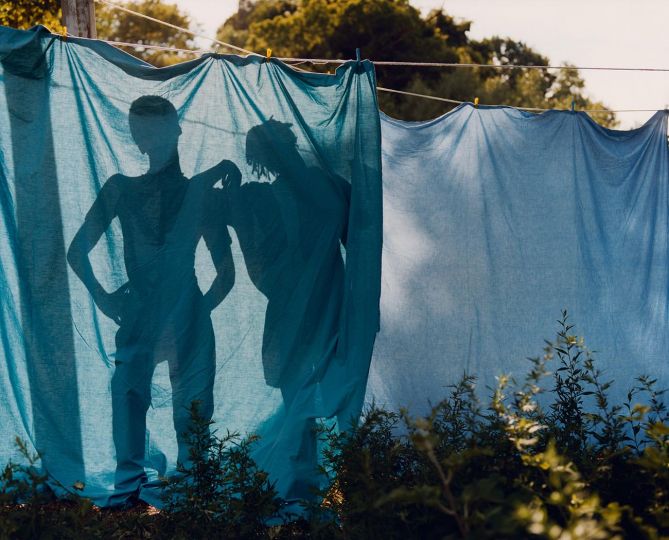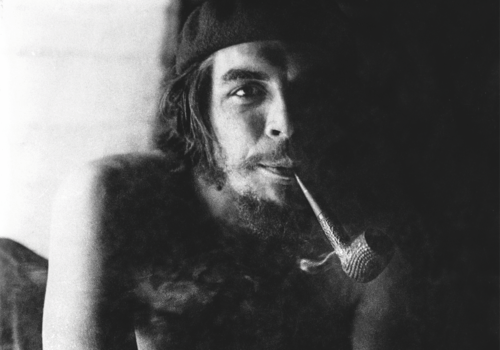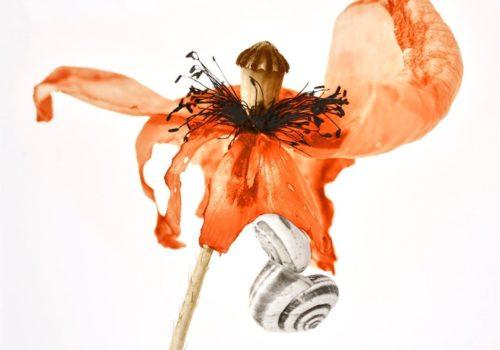An exhibition of photographs by Emile Zola is being held until January 31, 2025 at the Médiatheque de Wimille in the Pas-de-Calais.
In the life of Émile Zola, a married man, famous writer struggling with doubts as he approached his fifties, the year 1888 was a turning point: he met Jeanne, who became his mistress and the mother of his two children; and, on vacation in Royan, he was introduced to photography by friends.
It was only from 1894 that he really committed himself, alongside his writing, to photography. The fruit of this late passion, which he pursued until his death in 1902, is a large body of images, a significant portion of which is preserved today by several institutions. A preponderance of intimate theme emerges: Zola tirelessly questioned the expressions and attitudes of Jeanne and the children. He also captured, on the spot, his wife Alexandrine, the friends who visited them in Médan, his favorite animals, the villages and landscapes he crossed on his bicycle. Zola was also a “pedestrian of Paris”, harvesting images of the great boulevards, or of the Universal Exhibition of 1900, and an attentive stroller in the streets of London and the English villages that he surveyed during his exile.
Zola is not a documentarian or a social photographer, contrary to what one might suppose in light of his novelistic work and his polemicist struggles. Examination of the corpus of Zola’s images reveals analogies, a kinship of sensitivity, even of style, with certain representatives of a movement that appeared much later, between the 1930s and 1960s, that of humanist photographers.
A second meaning of the word humanist characterizes Zola’s practice as a photographer. The master of Médan, in the classical and philosophical sense of the term, is a humanist, that is to say that his passion for humanity is combined with a thirst for knowledge and is strengthened by an extensive culture in the field of literature and the arts. This culture is expressed in particular in a whole set of still life photographs, staged to link the past to the present and dramatize, through learned compositions of inanimate objects, rich in symbols, allusions and references, the elements of a sort of intellectual biography. Other photographs, portraits or landscapes, reveal in filigree a more aesthetic dimension of this humanism: Zola’s in-depth knowledge of Western art, and especially of Impressionist painting.
On January 24th, a conference will be held “Zola, humanist photographer?”
By Bruno Martin, Fund Manager Department of Photography
Heritage and Photography Media Library
From 6:30 p.m. to 8:00 p.m.
La Médiathèque
3 rue de Ledinghen
62126 Wimille
Médiathèque Centre, Espace Culturel Pilâtre de Rozier
+33 (0)3 21 83 36 43
[email protected]



